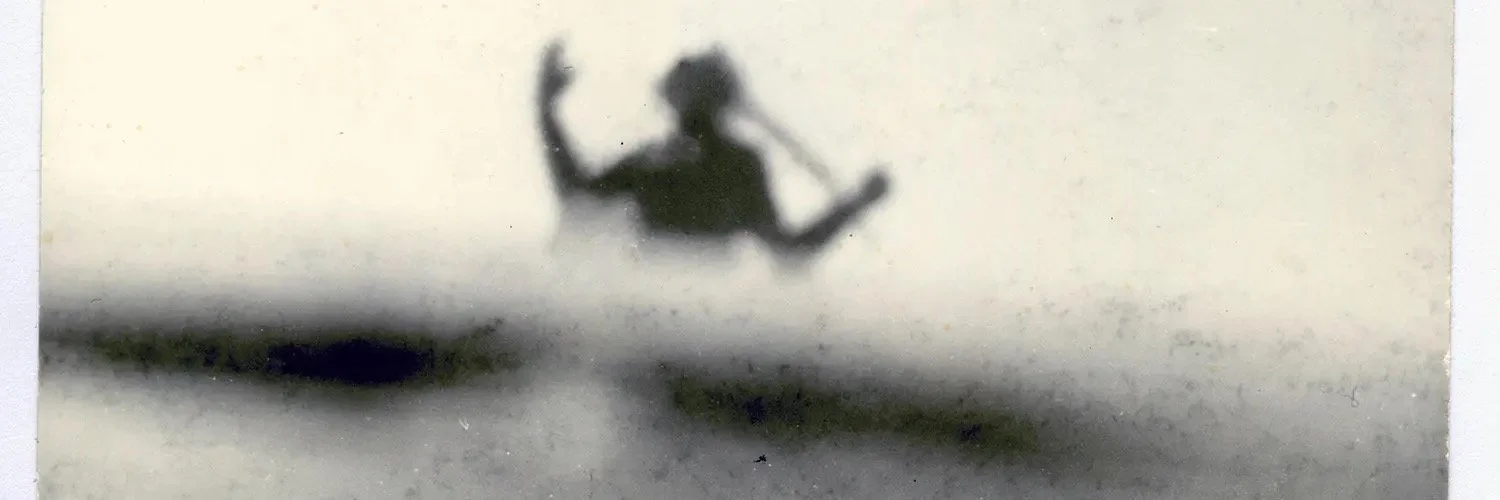The Notion of Truth and Knowledge
Photograph of Rama by abductee João Valério da Silva, from the UFO Photo Archives of Wendelle Stevens. Collection of Gordon MacDonald
Recent events highlight the prevalence of opinion-driven assertions of truth.
On whether or not Elon Musk performed the nazi salute in front of the whole world; whether or not we are witnessing ethnic cleansing through genocide being commodified into packaged holidays for the wealthy; and even, to this day, whether or not humans have landed on the moon – are illustrative of a post-capitalist, post-truth and post-modern world.
The consequences of living in such a world are made evident by the rise of misinformation, conspiracy theories, and the erosion of trust in traditional institutions be these political, ideological or scientific.
Although the loss of trust is legitimate, the threshold between fact and opinion becomes blurry through the propagation and perhaps forgetfulness of what the term epistemologically means.
Foucault famously argued that knowledge and power are intertwined. The phrase ‘’knowledge is power’’ comes to mind. He argues however that not only is the ‘’power’’ held by those in positions of authority, it is also determined by those in positions of authority. It is understandable that, since our societal past historically is filled by a specific demographic systemically and exclusively given the opportunity to study any aspect of society, one would interpret knowledge and truth as being determined by them and observed as a social construct, native and personalised to whichever social group one is a part of. This certainly was the case historically, in Nazi Germany for instance, and it seems to be the case now. Worldwide, as exemplified by the narratives that are fed to us with regards to current hot-topics, it is evident that in today’s world, truth also seems less about a singular, stable fact and more about narratives that are debated, contested, and shaped by social, cultural, and historical contexts.
The phrase ‘’knowledge is power’’ went from an inspiring sentence that illustrated the concept that being knowledgeable of the truth can become a metaphorical superpower or a protective shield against said grand narratives, to seemingly being discredited by the very narratives protruded by contemporary culture, media, and indeed structures of power.
Consequently, misinformation, conspiracy theories, and the erosion of trust in traditional institutions can be understood, in part, through the lens of postmodern critical theory. If knowledge is constructed and subjective, then every group can claim to possess its own version of truth.
One of the central tenets of postmodernism is the rejection of said ‘’grand narratives’’ or universal truths. According to this perspective, knowledge is not something that exists in an objective, external reality that we discover through methods like the scientific method, which is based on empirical observation and experimentation, but rather something that is shaped, constructed, and mediated through language and discourse -language isn’t just a tool for describing reality: it's also the medium through which reality itself is constructed - which puts rhetoric, the art of persuasion and the use of language to influence, at the heart of how we now understand and communicate truth.
In 2017, The Photographer’s Gallery had an exhibition by artist and curator Gordon MacDonald, showcasing material drawn from the extensive UFO Photo Archive.
Included in the exhibition, appropriately named ‘’the divisive moment’’ were abduction case studies, photographs ‘taken’ by the alien abductors, and even an alien language tape recording.
The photographs translate into a grey area in which they are simultaneously truth and fiction, hard evidence and magnificent fabrication.
However, if we look past the images themselves and consider the person or persons involved in fabricating the objects, we are left with a deeper, more profound trace of humanity’s longing for something more. The persistent yearning for something beyond the ordinary.
The act of looking and capturing actively becomes an allegory of a deeper, almost existential ambition to experience in some way as though there is something that transcends the quotidian of day-to-day life, something outside the bounds of the mundane.
We are transported through the narrative into our perhaps shared nostalgia for the metaphysical, for what lies beyond the limits of our immediate perception of reality.

